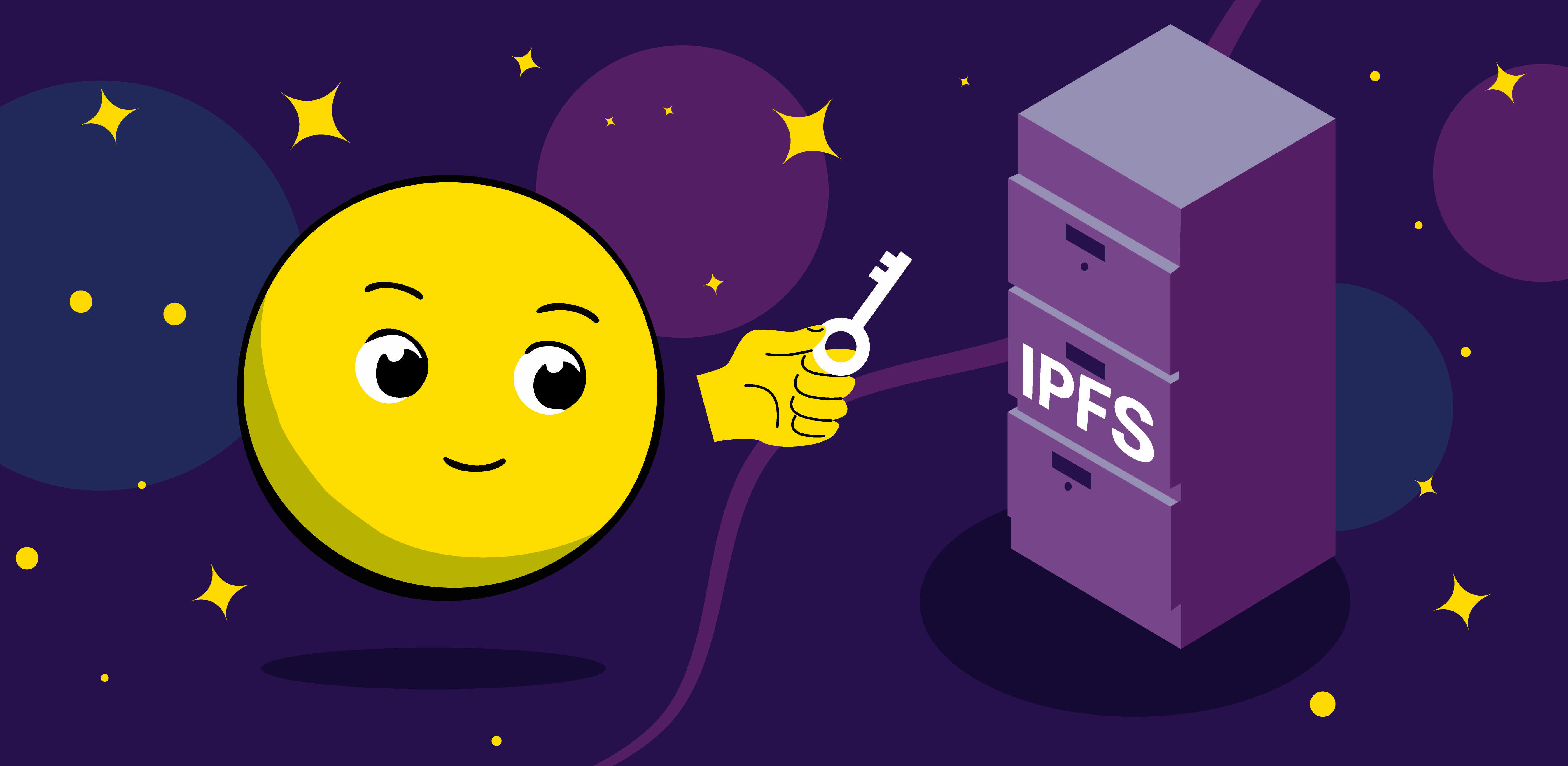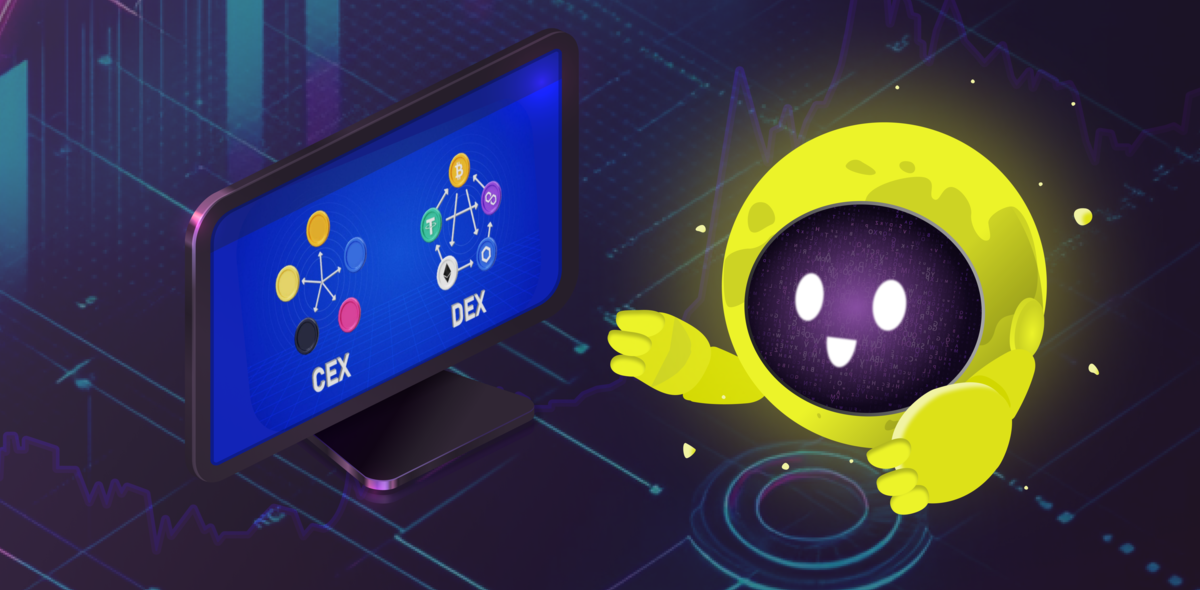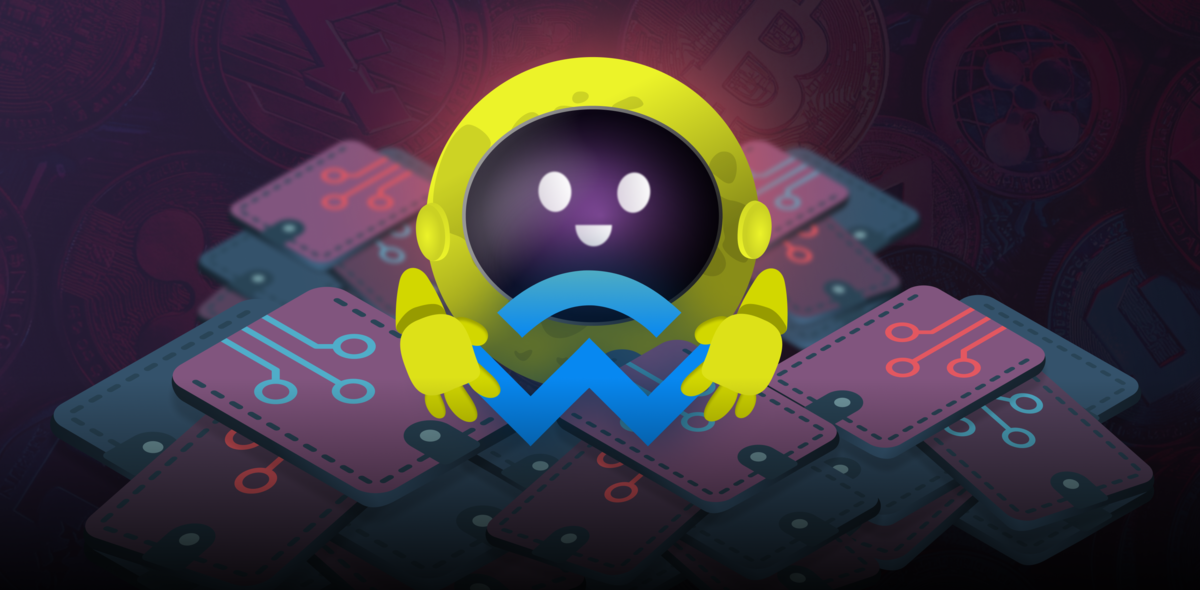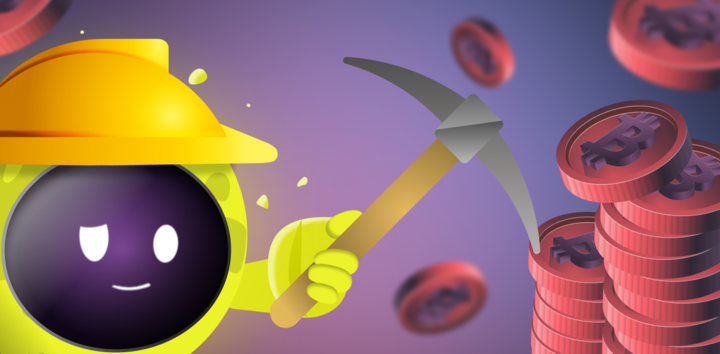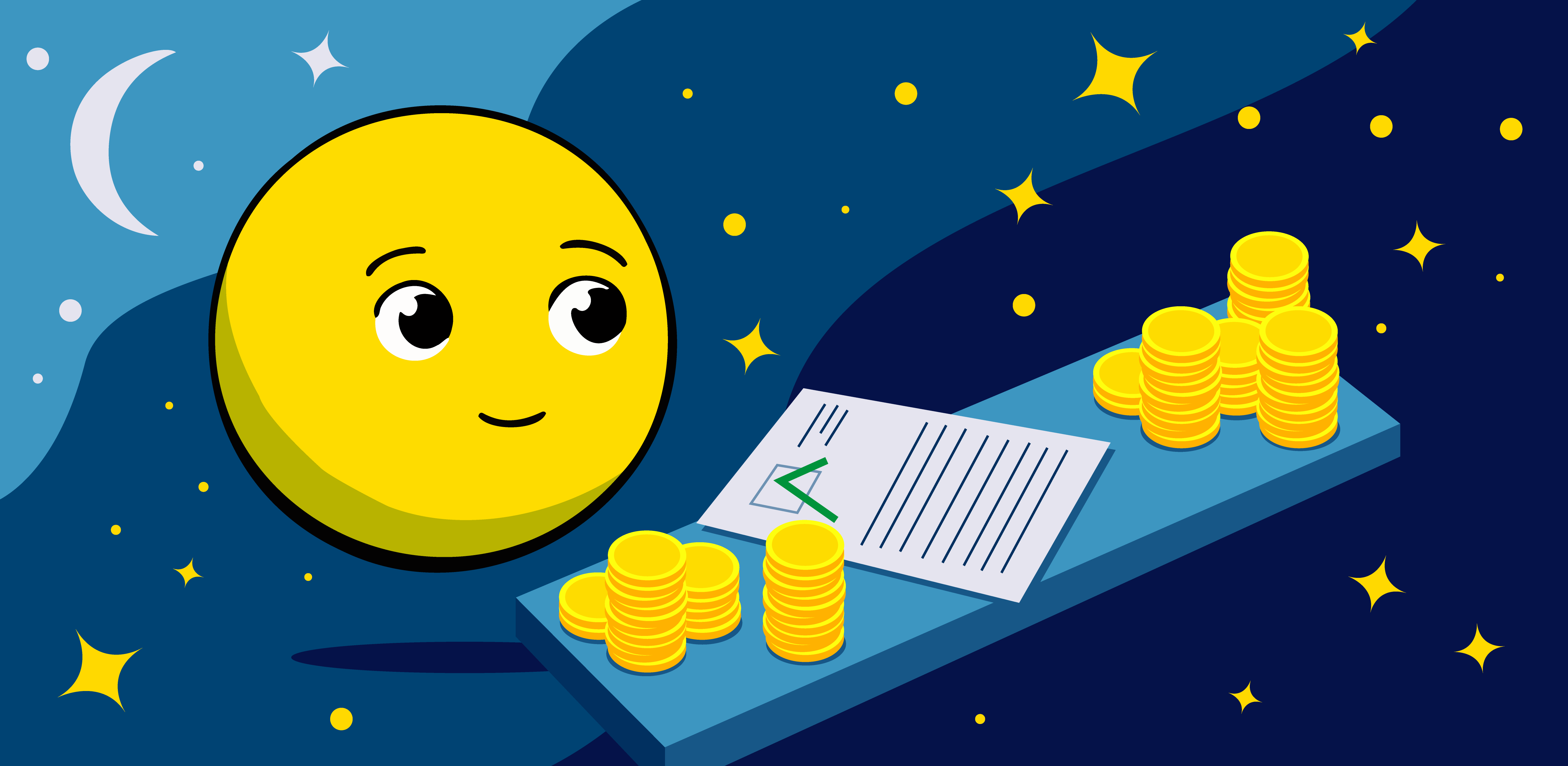
Until recently, the concept of blockchain was only known in the context of cryptocurrencies, but today this technology is actively used in business. What's more, the new acronym DAO is entering the mainstream. So the "untraditional" business model appears along with JSC and attracts the attention of business enthusiasts more and more.
DAO Definition and Key Features
DAO (decentralized autonomous organization) is a company that is based on blockchain technology, managed using smart contacts. It does not have owners in the traditional sense, as well as controlling and governing bodies like the board of directors. In other words, decentralized autonomous organizations lack a hierarchical structure, and all participants in the ecosystem have the same rights and can vote for changes in the protocol on an equal basis with other participants.
Main features of DAO:
- In contrast to JSC, the «command and control» structure in formal union of groups of people is not applicable in this case. There are no executive boards and the company is managed by the community by voting on any relevant matter relating to the activities of the organization;
- Instead of traditional hiring, a person receives a smart contract based on the project. After that, the members of the community discuss the offer and vote. After its adoption, the work of the executive begins directly;
- Quitting is also becoming a consensual issue. So, if a person does not cope with the tasks set for him, token owners who voted to hire him can withdraw their votes, leaving the employee "overboard." Thus, possible conflicts are excluded in the DAO due to lobbying for the interests of certain persons;
- Agility and flexibility to innovate. This is due to the fact that companies are organized not around people, but around values and smart contracts. In a peer-to-peer system, much faster. In a "flat" organization, the community can rally faster and "fund" the best and most promising idea. As noted above, decisions are made by vote;
- Absence of meetings and colleagues in the traditional sense.
DAO organizational policy
Note that DAO is also characterized by the presence of internal company policies, but it has a number of differences. In classic business, in particular, management determines the actions of the entire organization. In the case of DAO, the value is the main factor on which all efforts will be focused. Therefore, every community member, who decides the future of the compound protocol, is motivated to bring the maximum benefit without looking back at the leader’s wishes.
Since the DAO model does not involve a centralized hierarchy, it relies on alternative approaches, such as token-based memberships. Typically, such governance tokens can be freely purchased and filed on decentralized exchanges, or earned by providing liquidity or computing power for mining or staking. In any case, by holding governance tokens, you become a kind of shareholder and gain access to voting, which determines the organization's development strategy.
Managing the DAO: What Are Governance Tokens?
Governance token — a token that allows its owner to take part in the management of an organization.
Thanks to governance tokens, users can propose, discuss and make changes to the project, and they do not need to rely on the project team or require its participation.
"DAO is an organization that can operate on its own, using code, without anyone's responsibility for decision-making," explains blockchain enthusiast Travis Miller. "Imagine a corporation without a CEO."
In addition, participants can use tokens to delegate voting rights to other users and monitor the distribution of funds allocated to support the project.
DAO in Crypto: Examples
The first thing you should note is that the meaning of the DAO economy is to attract users to actively manage and develop the ecosystem of a particular platform. As a rule, users who participate in voting can receive a reward.
Thanks to Ethereum, the built on smart contracts infrastructure of DAO has appeared in the crypto industry. There are few examples of DAO including Maker, Compound, Forth (Ampleforth).
DAO Maker
DAO Maker — is a decentralized platform based on Ethereum. It was the first who made it possible to create DAI stablecoins, and various other cryptocurrency assets are accepted as collateral.
One of the main features of the DAO Maker platform is that the DAI stablecoin is always equal to US $ 1 per 1 DAI unit.
Since this is DAO on the platform uses governance tokens — MKR, a million of which were distributed between the first users of the platform.
In the DAO Maker ecosystem, MKR tokens are used as the "fuel" of the entire system, just as gas is used in Ethereum. As soon as the commission is paid, the received MKR tokens are destroyed (burned). New MKR tokens are released as needed, so the system is constantly in a certain balance.
Compound
Another of the largest credit protocols in the DeFi. In addition to interest on issued loans secured by cryptocurrency, it charges creditors COMP tokens to motivate the community to issue more crypto loans. COMP tokens allow their owners to make decisions about changes to the Compound protocol.
When the user enters tokens into the Compound pool, in return he receives cTokens. These cTokens represent the depositor's share of the pool and can be used at any time to redeem the underlying cryptocurrency originally deposited in the pool. For example, when deposited in an ETH pool, in return you will receive a cETH. Over time, the exchange rate of cTokens of the underlying asset increases, which means that you can exchange them for a larger amount of the underlying asset than you originally invested — this is how the interest distribution occurs.
Ampleforth
This is an Ethereum-based cryptocurrency with an algorithmically regulated number of tokens in the circulating offering. It is intended for use as the base currency of the new decentralized economy and is an asset that is not subject to demand inflation and remains independent of the price movement of other cryptocurrencies, in particular bitcoin (BTC). Besides AMPL the platform has governance tokens FORTH.
Ampleforth has a 6-step protocol change process. When the proposal successfully passes the first five stages, the FORTH holders vote for the proposed change. If a majority is reached during voting, then the change is automatically made to the protocol.
DAO Pros and Cons
Pros:
- There is no hierarchical ladder, so a separate group or control center cannot make decisions that ignore the interests of the rest of the participants.
- Decentralized management system. With this approach, the actual power passes into the hands of only those persons who are really interested in this and are ready to develop the project.
- All rules, requirements and conditions for working with the DAO platform are known in advance and can only be changed with the approval of most owners of control tokens. As a result, only really useful offers "pass."
- All transaction records are publicly available, eliminating asset fraud.
Cons:
- Slow response to threats. If something atypical happens, you need to vote among all governance token holders to solve the problem. At the same time, the decision must first be prepared by someone, which also requires certain costs. As a result, the reaction is very slow, which threatens potential problems.
- The development also requires a vote. Moreover, you need not only to offer a further way of development, but also to find an executor who will be ready to do the work. It slows down the development of the DAO platform.
- Despite the high potential of blockchain in managing systems, it hides many risks associated with protocol security. And history knows the hard chapter with the first DAO case in 2016, when the platform was hacked. But it connected with the organization of decentralized and open platforms.
Anyway DAO attracts a lot of enthusiasts from different business areas, and has been already realized in such spheres as art, culture, gaming, automatizing and so on.

